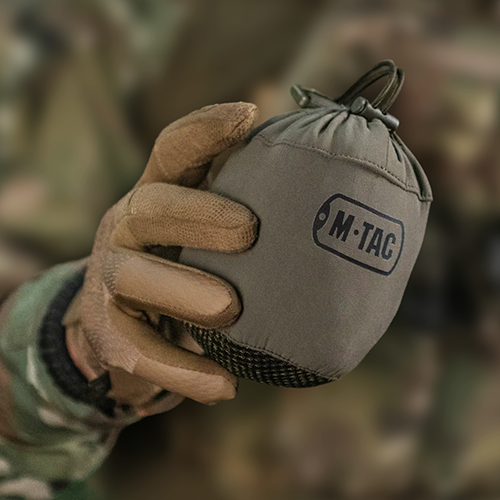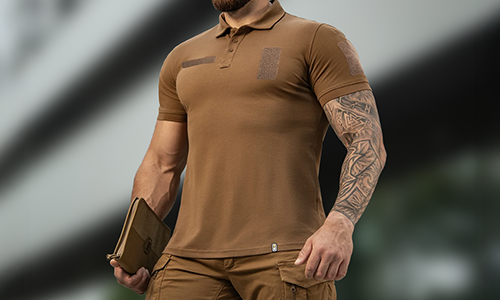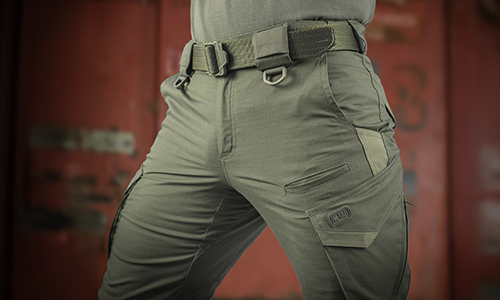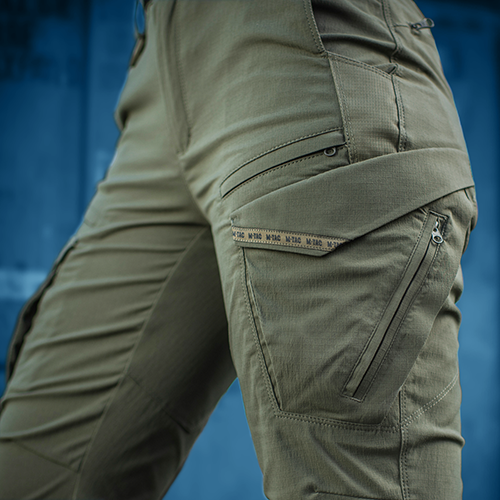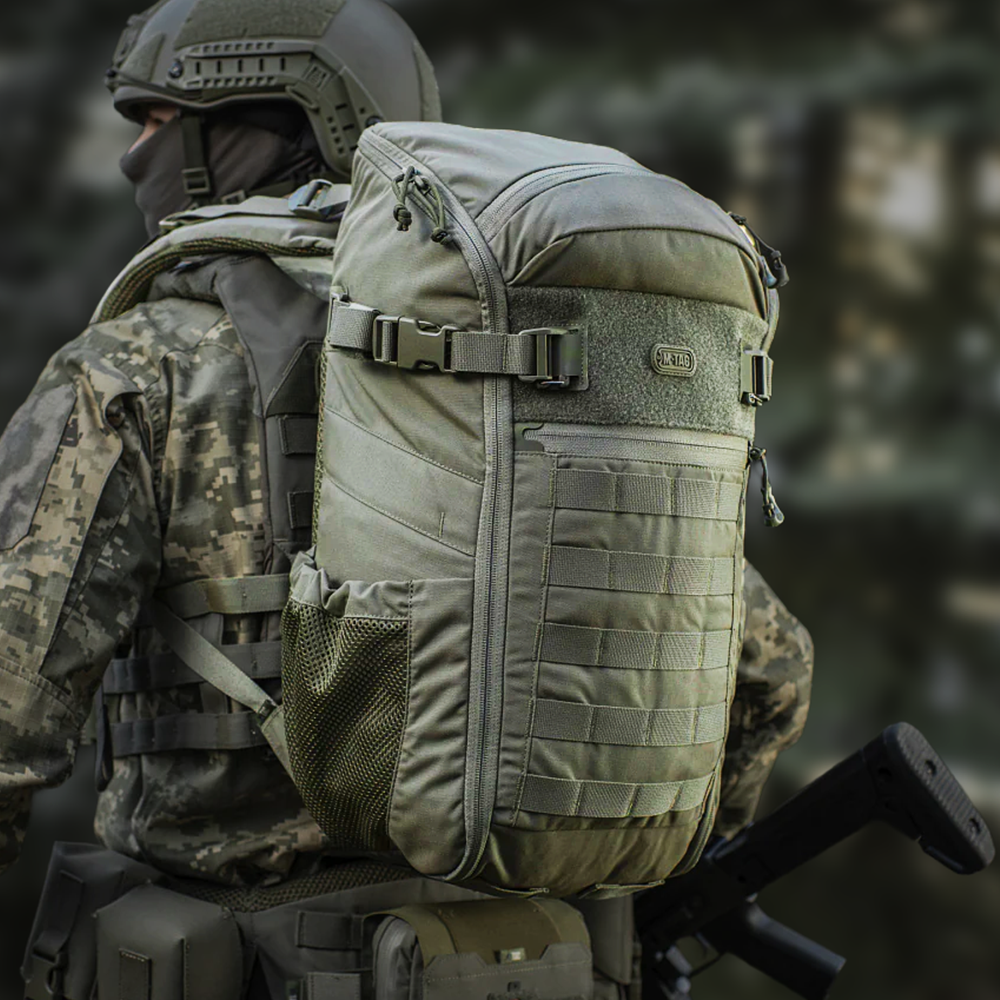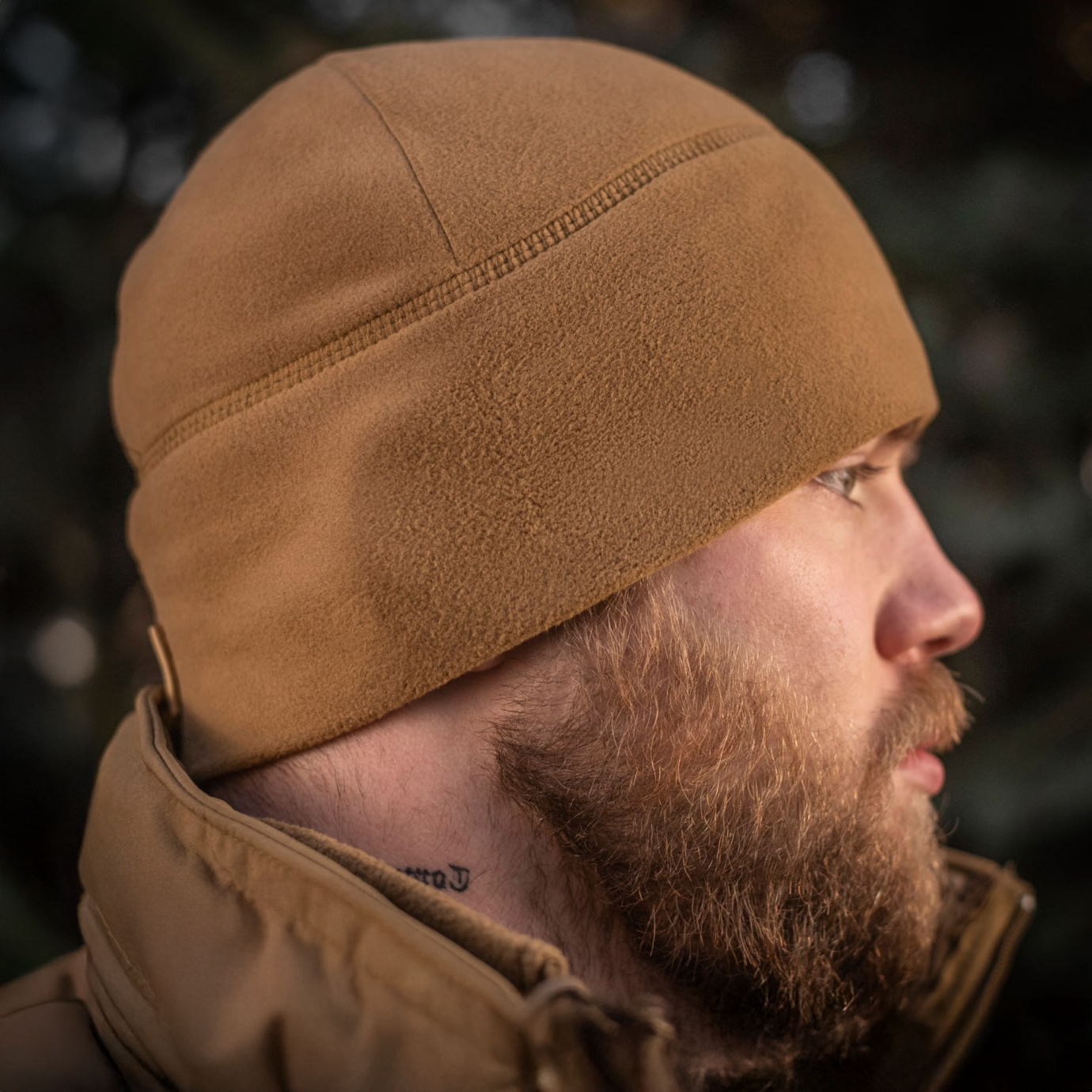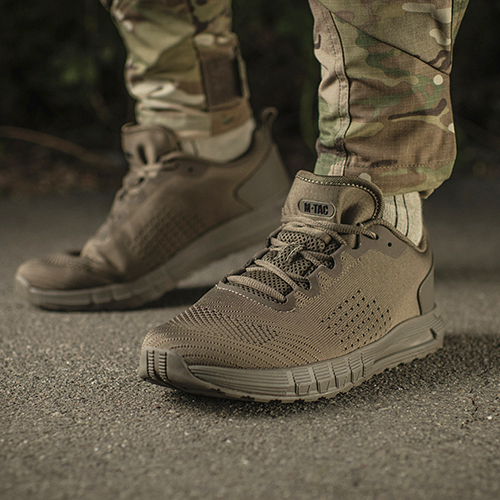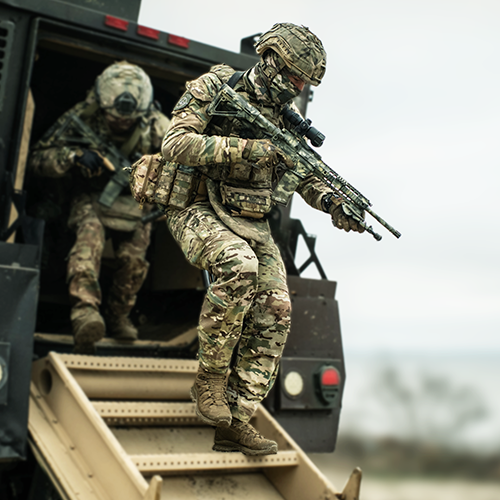Modern tactical gear is rife with features and innovative designs. One key component of this gear is the use of MOLLE webbing. MOLLE stands for Modular Lightweight Load-Carrying Equipment. This technology was originally conceived in the United States in the 1990s and describes any type of gear with columns and rows of webbing designed to be customizable and easily reconfigured by looping pouches into the web grid. The webbing is stitched to be flexible but durable while allowing each loop (about 1” in length) to be able to accept a virtually endless number of pouches and gear by weaving the MOLLE accessories into it. Since this concept and design came out before the Global War on Terror, the United States along with her allies, as well as many other countries have adopted this system and made wide use of it. MOLLE has also surged in popularity with law enforcement and civilian users.

MOLLE can be said to be derived from the prior generations of web gear, mainly PALS (Pouch Attachment Ladder System). PALS describes the web grids which have been placed on military equipment for a few decades now. MOLLE incorporates the grid system of attachment but weaves gear into the loops, whereas previous technology like ALICE (All-Purpose Lightweight Individual Carrying Equipment) used tensioned metal clips to attach to the PALS web grids. By using metal, the system was not only heavy but created pinch points and allowed for excess movement of gear, especially during dynamic movement. MOLLE also made it much easier to attach not only small but also large pouches and items too, increasing the functionality of the existing gear.
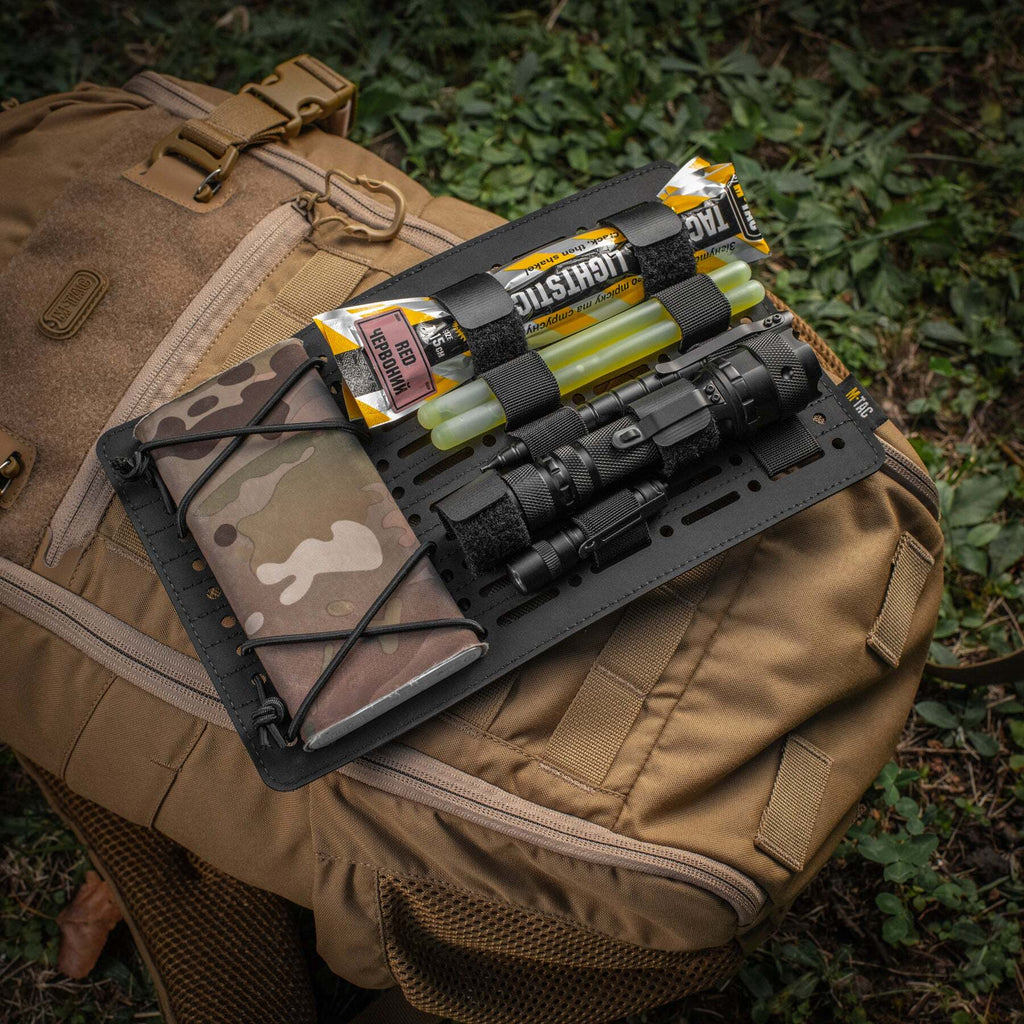
To attach MOLLE, a user just needs to simply weave any type of MOLLE item through the PALS grid; weaving the straps back and forth and securing them typically with a fastener or heavy-duty button. The woven straps act as almost a secondary method of retention as the friction between the straps keeps gear in place, even if the fastener was bumped loose. Additionally, the woven nature of the MOLLE eliminates pinch points and better balances and spreads the weight of the kit out, making for a more comfortable loadout. Although not usually a consideration, MOLLE can be looped in any direction, allowing for some unique and custom orientations to be employed if a particular mission consideration or piece of gear warrants it.

MOLLE is now widely employed on a variety of nonmilitary-based equipment. For the first few years, MOLLE was exclusively a military-based technology, with some law enforcement agencies employing it in limited capacities, while some allied militaries began to slowly use it too. By the late-2000s, MOLLE was only growing in popularity amongst not only the American military but other allied nations. The technology was also being widely used by law enforcement, and it was also becoming more common in civilian applications. Fast forward to the present, and MOLLE webbing can be found on almost any product that can be marketed as a “tactical” item.

This webbing has enabled militaries to better equip their warfighters, by helping to create a standard way of attaching items to other items. Plate carriers and packs are the best examples of this because they allow each user and the demands of their job to optimize their setup. A medic can prioritize their kit and setup for medical emergencies, whereas an infantryman is able to hold additional ammunition for the fight. This same versatile application is also found in law enforcement, where a police officer can have a setup that is optimal for daily use, but also have gear on hand to augment the setup if a more challenging situation, like a hostage standoff, warrants a significantly different posture.

In civilian circles, MOLLE can be found on many daily and practically used items. Backpacks are commonly made with some MOLLE, if not an entire panel on the back. This allows users to add things like water bottle pouches or other daily-use items to the exterior of the bag while still being stylish. Additionally, MOLLE webbing is placed on outdoor-related goods, even if no tactical situation is considered. Another common use for MOLLE webbing is on seat covers or other automobile-related applications. By placing the webbing on the back of a seat cover, practical items for kids or guests can be added, medical gear can be fastened on, or more tactical preparations can be equipped.

There are always new pouches and gear being designed, tested, and marketed which incorporate MOLLE. As was previously stated, backpacks, large packs, and tactical vests are the common items to feature this webbing. To better augment them, a variety of pouches like communication pouches, flashlight pouches, magazine pouches, hydration systems, administrative pouches, etc. can be put on in any number of locations. This enables warfighters to maximize their load-outs, while not compromising the main compartments. Additionally, this gives users an increased level of fit and function, helping to keep everything organized even in the most austere environments.
The advent of MOLLE webbing, with the use of existing PALS web grids, has completely revolutionized tactical gear. Groups are better able to equip their personnel, while those same individuals can augment and optimize their gear. In the civilian world, MOLLE not only can enhance someone's tactical gear but can also enhance their vehicle setups or just make outdoor adventures just a bit easier. This technology and its widespread use of it means that MOLLE webbing will be the standard for all soft gear for decades to come.
